What if Ethereum Signature Approval Was as Simple as Apple Pay?
The Problem
When users interact with dapps in the Ethereum ecosystem, they have to approve signature requests from the dapps in their wallets. This comes with security and UX challenges. The security challenge is that different dapps have different types of signature approval requests and malicious dapps can exploit this to trick users into approving signature requests that they would not approve otherwise. The UX challenge is that while it’s ok to require explicit approval for each interaction in financial applications, it becomes cumbersome in social apps and games.
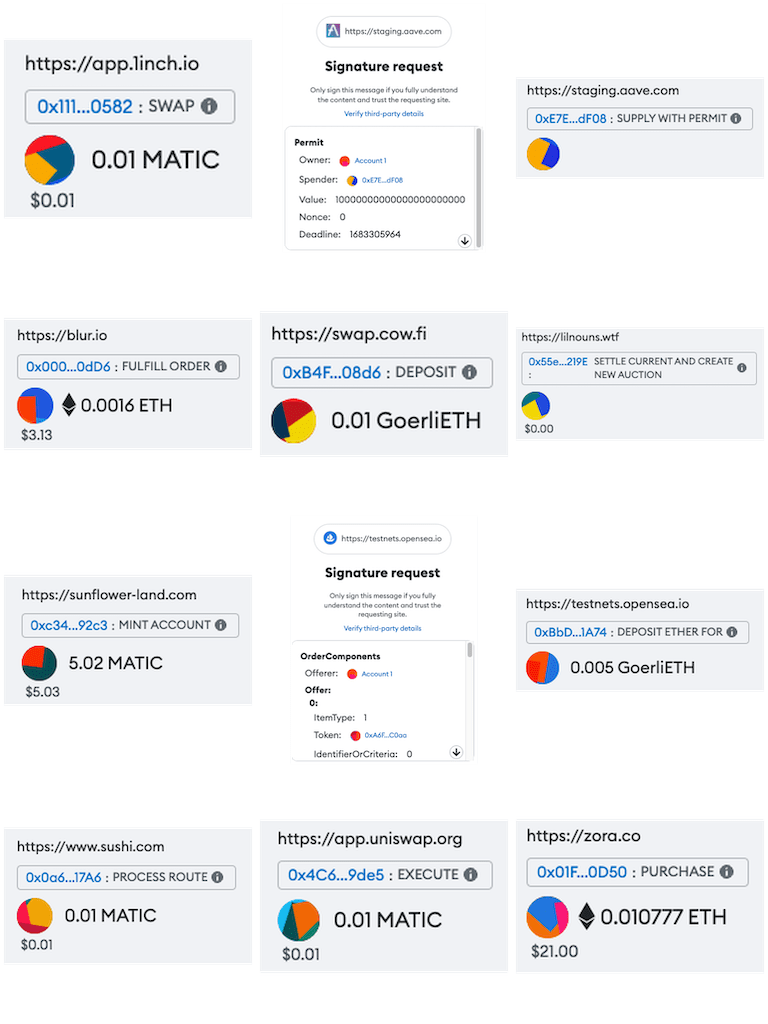
Current Solutions
Wallet Firewalls
The most recent attempt to address the security problem are so-called wallet firewalls. Firewalls categorize signature requests as safe, potentially dangerous or dangerous.
Wallet firewalls are a much welcome development, but they are not a long-term solution. Firewalls rely on prior threat intelligence to make security decisions, which makes them a probabilistic solution. This means that they either have too many false positives or too many false negatives. If the firewall gives too many warnings, users get desensitized, and if it’s too lax, then it's ineffective.
Wallet firewalls understandably prefer to err on the side of caution and minimize false negatives. Due to this tradeoff, warnings are often shown for legitimate signature requests. Users are then expected to interpret the factors that lead to the warnings in order to decide whether to proceed.
Attacks typically place victims under time pressure, so victims are more likely to ignore warnings than normally. This means that warnings are the least effective when they’re needed the most.
Warnings are not only poor security, but they’re also bad UX: non-technical users are required to make decisions for which they are not qualified, and even advanced users become desensitized to warnings due to the inevitably high number of false positives.
Finally, if every new dapp comes with a warning, that discourages experimentation, so even if firewalls reduce harm from attacks, they can hamper the growth of the ecosystem.
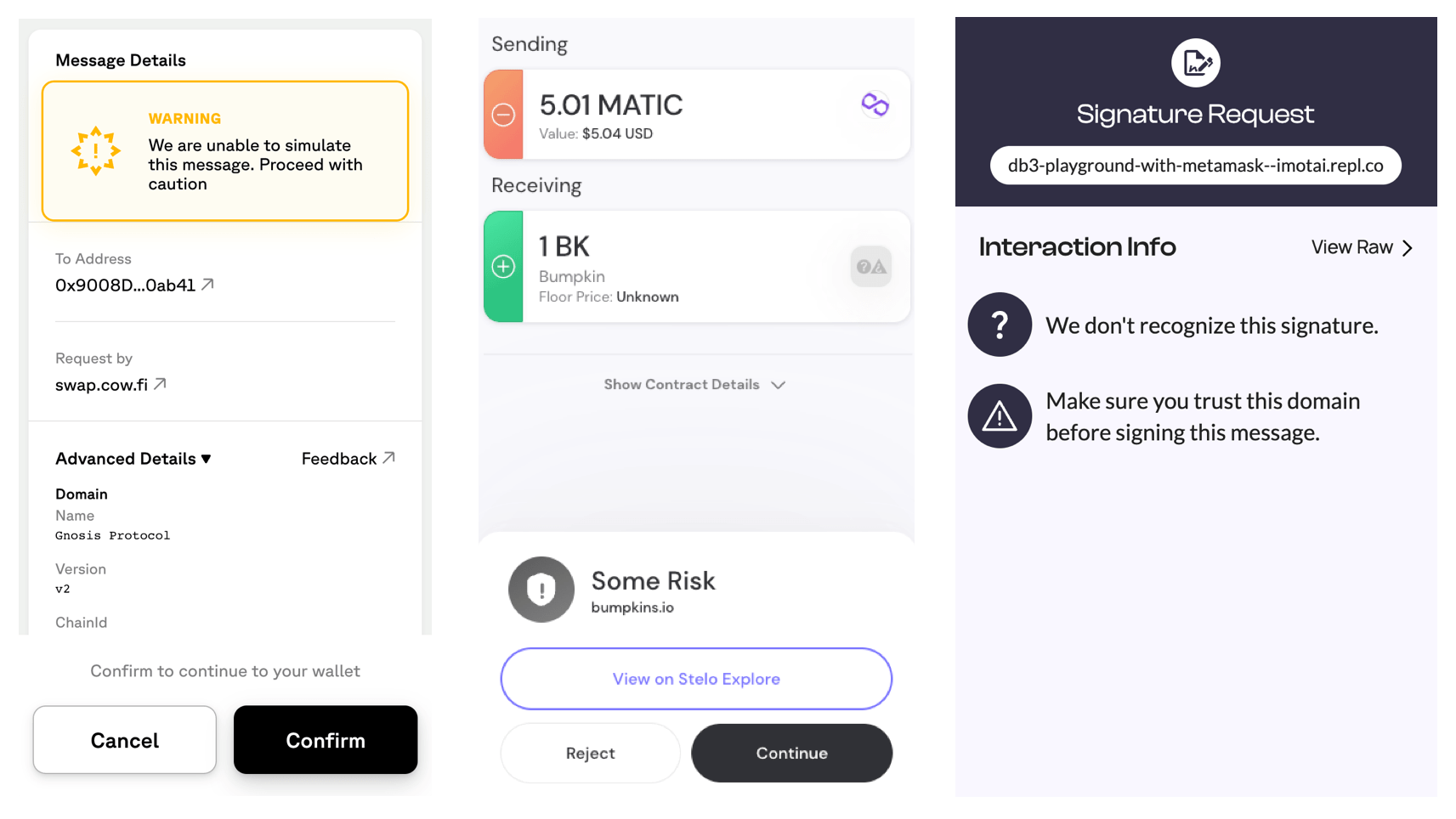
Session Keys
Session keys for smart contract wallets (SCWs) are a new mechanism that enables automatic signature approval to improve UX for social and gaming applications.
A session key is an ephemeral key created by a dapp that the SCW assigns some permissions by restricting the contract methods and contract addresses the session key can call. After this, the dapp can produce signatures for a limited set of transactions using the session key and send them directly to the wallet’s smart contract for execution without requiring the user’s approval.
Session keys solve the UX problem, but they introduce a novel security problem similar to, but broader in scope than spender approval exploits. First, when approving the session key request, the user has to understand what application the smart contract belongs to and what the specific method does. But this is not enough. A legit smart contract can be used maliciously e.g. by listing a valuable NFT for a pittance. Therefore, in addition to checking the address and the methods called by a transaction, the SCW implementation has to be able to interpret the method parameters as well to prevent abuse.
Interpreting parameters for standard token methods seems feasible, but it’s unclear if a generic permission system can be designed that allows session keys for data other than standard tokens (e.g. custom game state or off-chain signatures).
The most likely outcome is that session keys will have to be either restricted to interactions with standard tokens for security, or SCWs will have to maintain an allow list of smart contract addresses and methods that are deemed to be safe. Allow lists work, but they put new applications at a disadvantage and thus hamper innovation.
How Can We Do Better?
First, we have to realize that users cannot be expected to learn the idiosyncrasies of every dapp they’re using. This means that we need to standardize signature approvals in the Ethereum ecosystem to solve the security problem.
Second, we have to realize that it’s not possible to standardize signature approvals without breaking backwards compatibility. So what then? We need to find a way that lets us progressively introduce standardized signature approval while providing users with an automatic signature approval mechanism that’s safe by default.
Standardization solves the security problem when manual approval is unavoidable. An automatic signature approval mechanism, when designed without sacrificing security, can not only fix the UX problem, but can also serve as a safe fallback mechanism for illegible signature requests.
When it comes to standardizing signature approval, we should start with what internet users already know: sign in and payments. These cover most use cases that need manual approval. The only thing that’s missing is spender approval.
Sign In
Internet users are familiar with the concept of signing in to a website with a password or through a social provider. Recently, passwordless logins based on WebAuthn started to take off.
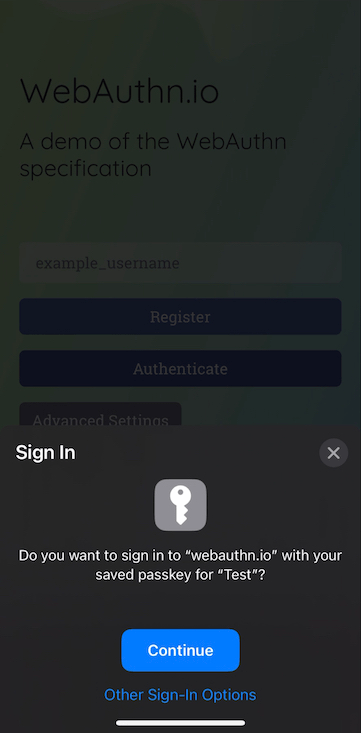
Proving ownership of an address in the Ethereum ecosystem is very similar from a UX perspective to passwordless sign in. Therefore, we should present signature approval requests to prove ownership of an address as sign in requests, even if they are sometimes authorization requests from a technical perspective (as opposed to authentication requests).
If the sign in message is not a Sign-In with Ethereum message, then the original message needs to be displayed to the user since it might have legal implications (e.g. attesting not to be a U.S. resident on DEXes for compliance reasons).
Payment Approval
Internet users are familiar with making online payments. Payment approval type requests, let that be making a swap, minting an NFT or supplying collateral for a loan, should be as simple as Apple Pay.
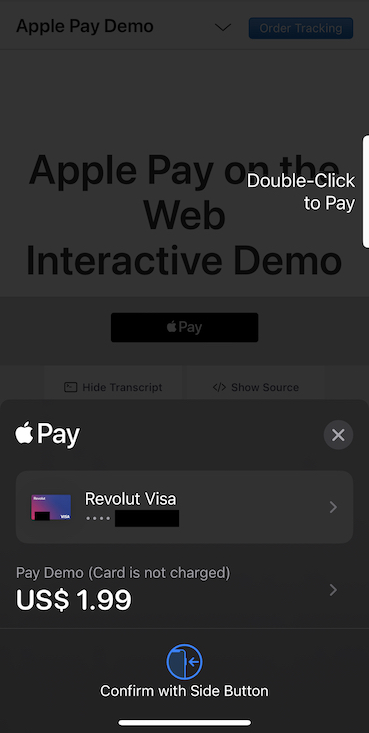
If the user receives a standard token in exchange for the payment, the payment is akin to a trade and we display both the spent and received tokens.
Spender Approval
Spender approval is a novel concept introduced by Ethereum. Its purpose is to let decentralized exchanges settle trades based on users' orders. Spender approvals are similar to payment approvals, but they’re different in that they’re an ongoing, but reversible commitment. It’s not enough to handle approval, wallets should keep track of approvals and support revocation too.
Spender approval is a challenging concept to convey to users. We’ll figure out how to best present spender approvals with the help of the Secure Design Working Group.
Dapp Keys
It’s not possible to reduce all signature approval requests in the wild to sign in, payment or spender approval requests and they don’t solve the UX challenge for games and social apps. So in addition to standardizing signature requests, we need to introduce a new primitive that works like session keys, but is safe by default. This primitive is dapp keys.
[W]allets should start moving toward a more natively multi-address model (eg. creating a new address for each application you interact with could be one option) - Vitalik
Dapp keys are externally owned accounts (EOA) that are unique to a domain. Binding an EOA to a dapp by domain is an effective isolation mechanism that enables automatic signature approval. Since a dapp key is just an EOA, it can hold assets and it works by default for all dapps on all chains. Users authorize dapps to use their assets by transferring them to the dapp key from another address.
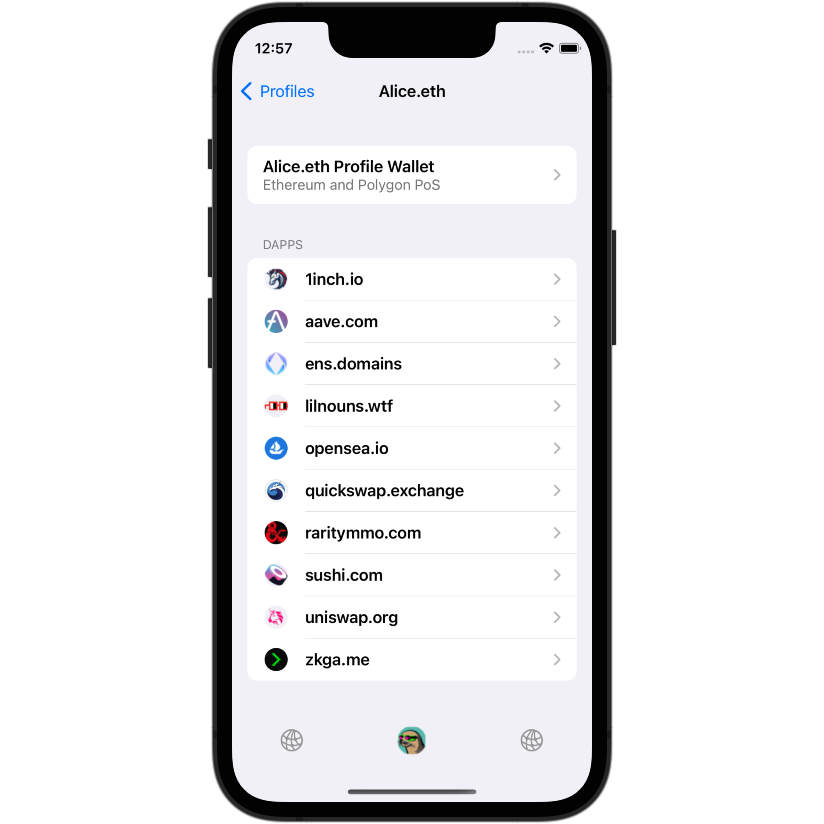
Dapp keys are safe by default, because, as opposed to session keys, they use an authorization method (token transfers) that is familiar to users and that cannot be exploited by malicious dapps. With dapp keys, social and gaming dapps can benefit from automatic signature approval without restrictions and users can securely try out new dapps without confusing warnings.
How to Get There
Dapp Keys
Dapp keys are already implemented in SealVault and the code is available under an open source license. SealVault is not a seed-phrase based wallet, but there exists ERC-1775 that describes how to derive a key from a seed phrase that is bound to a domain that can be of interest to other wallets.
There are two remaining challenges with dapp keys. The first is that having to transfer tokens for gas fees to dapp keys can be prohibitive on L1 (it’s less of a problem on cheap L2s). Rolling out EIP-3074 and sponsored transactions would eliminate the need to transfer tokens for gas fees.
The second challenge is that many dapps assume one EOA per user and some data portability patterns have evolved to require connecting the same key to different dapps. This means that implementations must support connecting dapp keys to other dapps, just like regular wallets, which brings us to standardized signature approval.
The Signature Approval Engine
Standardized signature approval means we provide guarantees about outcomes. If a user approves a sign in request, that won’t lead to a token transfer. If a user approves a payment request, only the exact amount of tokens displayed will be transferred.
Note
We have to make a caveat here that it’s only possible to make such guarantees about standard tokens since their state changes must fire standardized events that we can detect in simulation. For example, a game might have an asset that implements the ERC-721 interface, but when the asset is transferred, some custom game state changes as well. This is not necessarily a bad thing, but if it’s exploitable in a way that the user intends to make the transfer, but not the custom state change, then we have to view that as a vulnerability of the dapp.
The first step towards providing such guarantees is understanding what can go wrong. This we have accomplished at SealVault with a fraudulent transaction attack tree and a formal specification of Ethereum token transfers with TLA+ (both available under open source licenses). The attack tree helped us focus our efforts on fixing signature approval. The formal specification helped us exhaustively identify the 42 ways a token can be transferred with a combination of on- and off-chain signatures, spender approvals and meta transactions.
The formal specification gives us confidence for the next step which is implementing an open source engine that lets us classify signature requests as sign in, payment, spender approval or unknown. If we cannot detect the signature request type, we advise users to continue with a dapp key for their safety. The engine also extracts the data we need to present to users from the signature requests. In the future, we can also use the engine to bundle multistep signature approval requests into one payment approval request.
There are two types of signature requests: on- and off-chain signature requests.
An on-chain signature is a signature that can be submitted along with the signed
data through the
eth_sendRawTransaction
method. The on-chain signature is verified by Ethereum nodes before the
transaction is included in a block. The data signed with on-chain signatures
follows a standard
format,
and it can be used to simulate the on-chain changes caused by a signature.
An off-chain signature is a valid signature that Ethereum nodes refuse to accept
for a transaction. Off-chain signatures are
used for
off-chain auth purposes, gasless
transactions
or for bundling multiple transactions into one (permit
pattern).
While the Sign-In with Ethereum
standard exists for authentication messages, it’s not widely adopted, and many
dapps use ad-hoc messages. There are no standards for gasless transaction or
bundled message formats. These typically use
EIP-712 signatures, but
personal_sign
messages cannot be ruled out either.
Since on-chain signatures follow a standardized format, detecting them is easy and transaction simulation can be used to extract the data that we have to present to the user for payment or spender approval. Transaction simulation is available as a service from many software-as-a-service providers, but these services are closed source and transaction simulation is tricky to get right, so we prefer to have our own open source implementation. We’re going to use Rethnet as a dependency of the engine to provide transaction simulation and we’ll continue to make contributions to Rust Ethereum ecosystem packages during development.
In order to interpret off-chain signatures, we need to build custom parsers for
the most commonly used formats in the ecosystem such as permit
messages,
OpenSea Seaport
orders and OpenGSN
messages. We also need a method that
can rule out if a
personal_sign
message can lead to a token transfer, otherwise we can present them as sign in
requests.
We’ll start developing the engine as part of the SealVault application’s open source Rust code to maximize velocity, but we’ll release it as a standalone open source project under an MIT/Apache 2.0 dual license once it stabilizes to make it possible for other wallets to use it as well. Both EOA and smart contract wallets will benefit from this regardless of whether they use dapp keys. We’ll also support compiling the Rust package to WASM so that it can be used from JavaScript to maximize reach.
Endgame
Once the plan laid out here is accomplished, we’ll have built a safe and smooth Ethereum signature approval experience with the help of standardized signature approval and dapp keys that any internet user can use with confidence. Further, we make it possible with the open source Signature Approval Engine for other wallets to follow suit as well.
We'll then drive two efforts to further improve the Ethereum signature approval experience:
- A standardization effort a for common format of off-chain signatures that can lead to token transfers to further the expand the scope of standardized signature requests.
- The effort to roll out EIP-3074 to make it possible to use dapp keys without having to transfer tokens for gas fees thanks to sponsored transactions. The simplest way to get this on the L1 development roadmap is probably to roll it out on a receptive L2 first and demonstrate its value.
Getting these through we'll be slow and sluggish, but we believe that standardizing signature approval requests and providing a safe by default dapp isolation mechanism is unavoidable to achieve mass adoption of Ethereum and we’re committed to seeing it through.
